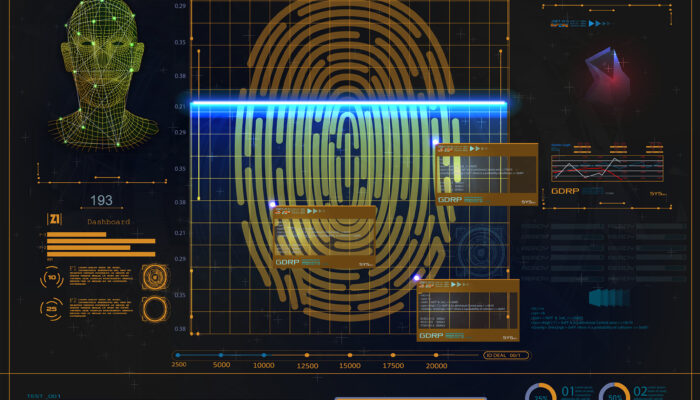At the height of the 2000 bubble, the scramble to buy promising early-stage businesses sent the price per employee through the stratosphere, to $10m+ at the peak. That meant a 20-person business, just getting market traction, could be valued at $200m. In hindsight, it was “insane”. Today this “insanity” is happening again. Let’s set aside apps bought for their reach, such as Instagram ($70m/employee) or WhatsApp ($300m+/employee). Value per employee isn’t relevant; what matters is reach and engagement. WhatsApp had over 400m+ users, materially more than Twitter’s 300m+. For companies that do not have consumer reach (the other 99.9%), how are $10m+/employee deals constructed and validated? We have been fortunate to handle a few of these at Magister, so have seen the white tiger first hand. Reality is, employees aren’t actually worth $10m+. These prices reflect value building blocks that lead to an “unbelievable” final price, which gets created roughly as follows:
TEAM – early stage companies are mainly engineering talent, and for a world-class team with critical mass, a group of well-known PhD’s, a dozen or two dozen developers working very closely, the team is worth $2-3m per employee, maybe a bit more for exceptional talent
PRODUCTISED, DISRUPTIVE IP – these teams inevitably create IP (whether patented or not) that has the potential to be disruptive in some form. IP value is an additional $1-2m per employee (it is looked at this way because the real “secret sauce”remains in engineers’ heads more than in filed patents or source code)
BUYER TIME TO MARKET – this is the single biggest component (worth $5m+ per employee), and actually bears no relationship to the engineers themselves. The buyer calculates that with the acquired team, IP and know-how, product already developed, and “readiness to disrupt”, it can deliver new functionality to market far more quickly and safely than developing it in-house.
So, it is not because the people are valued at $10m+ each, but because the market opportunity can be attacked so much more quickly by a buyer post deal. A good example of a deal like this is our sale of C3 for an estimated $250m+; a large number of news sources have reported the buyer as Apple, but this doesn’t really matter. C3 had a world-class mapping team, and key algorithms developed to map the world in 3D. In the hands of the right buyer, C3’s capability and team could deliver a world-leading 3D mapping product. It was a classic case of 3 different building blocks of value combining to achieve what added up to an “incredible” price per employee.
Posted by Victor Basta @MaExits










